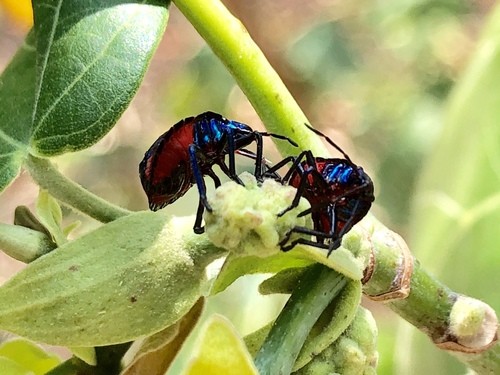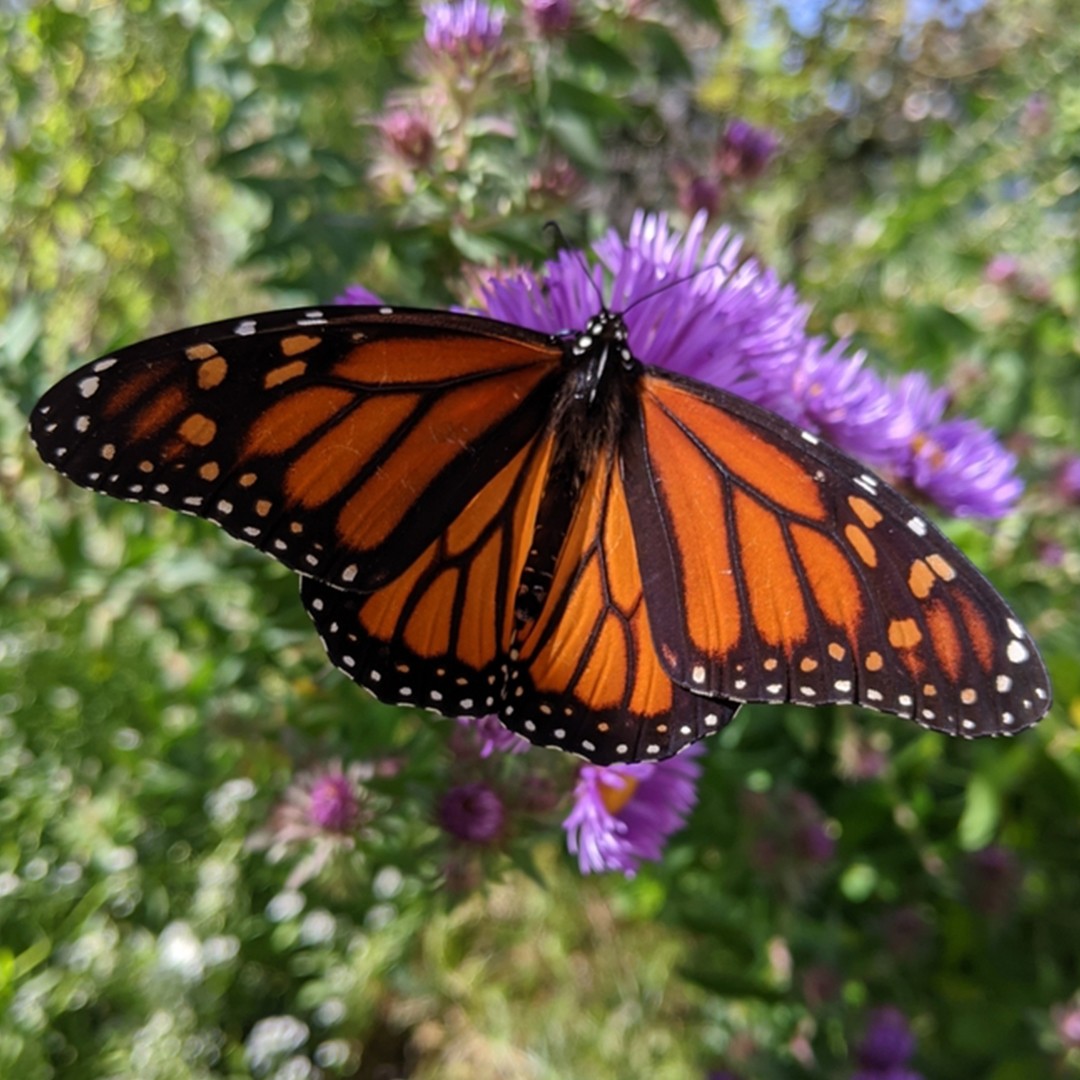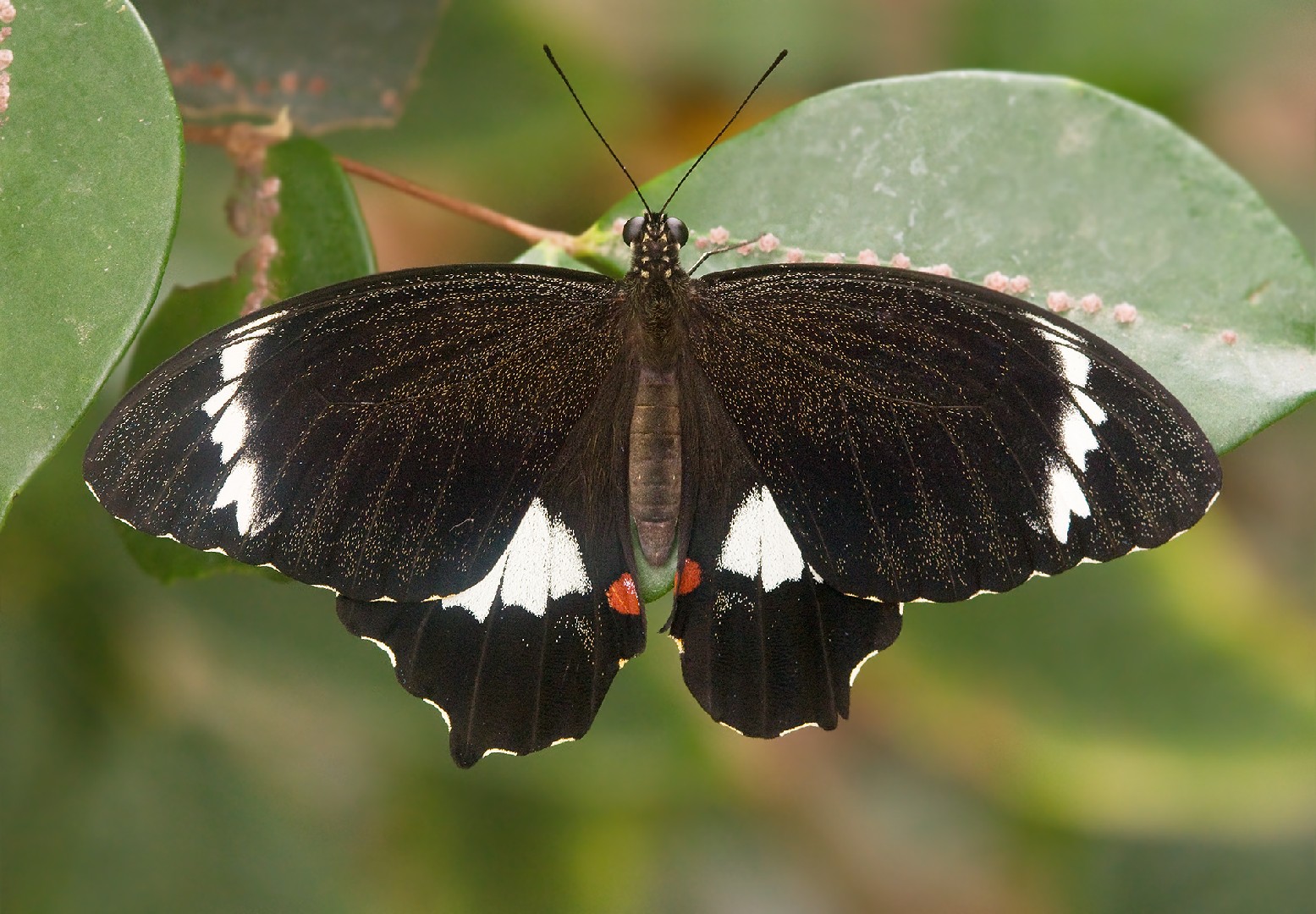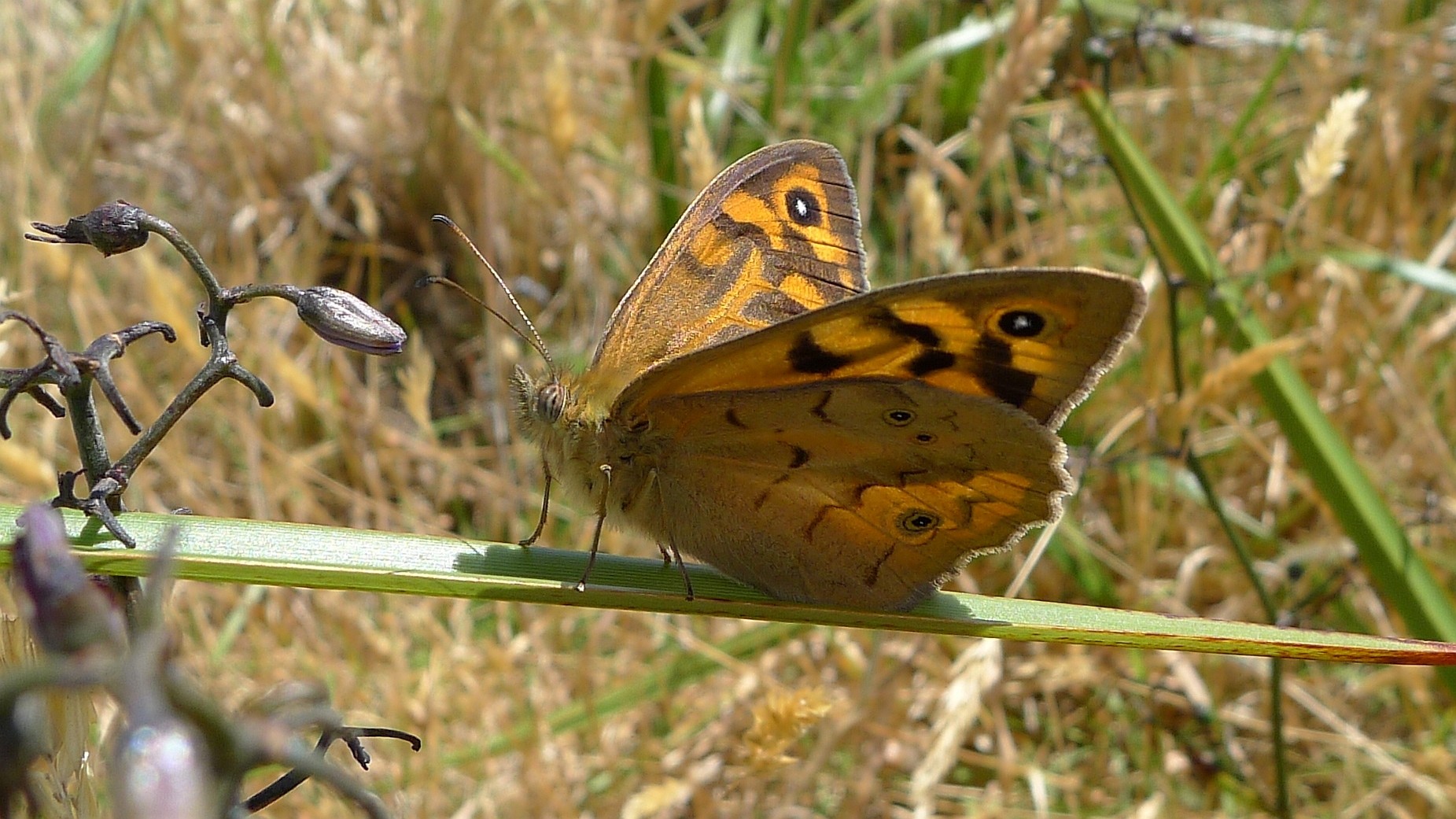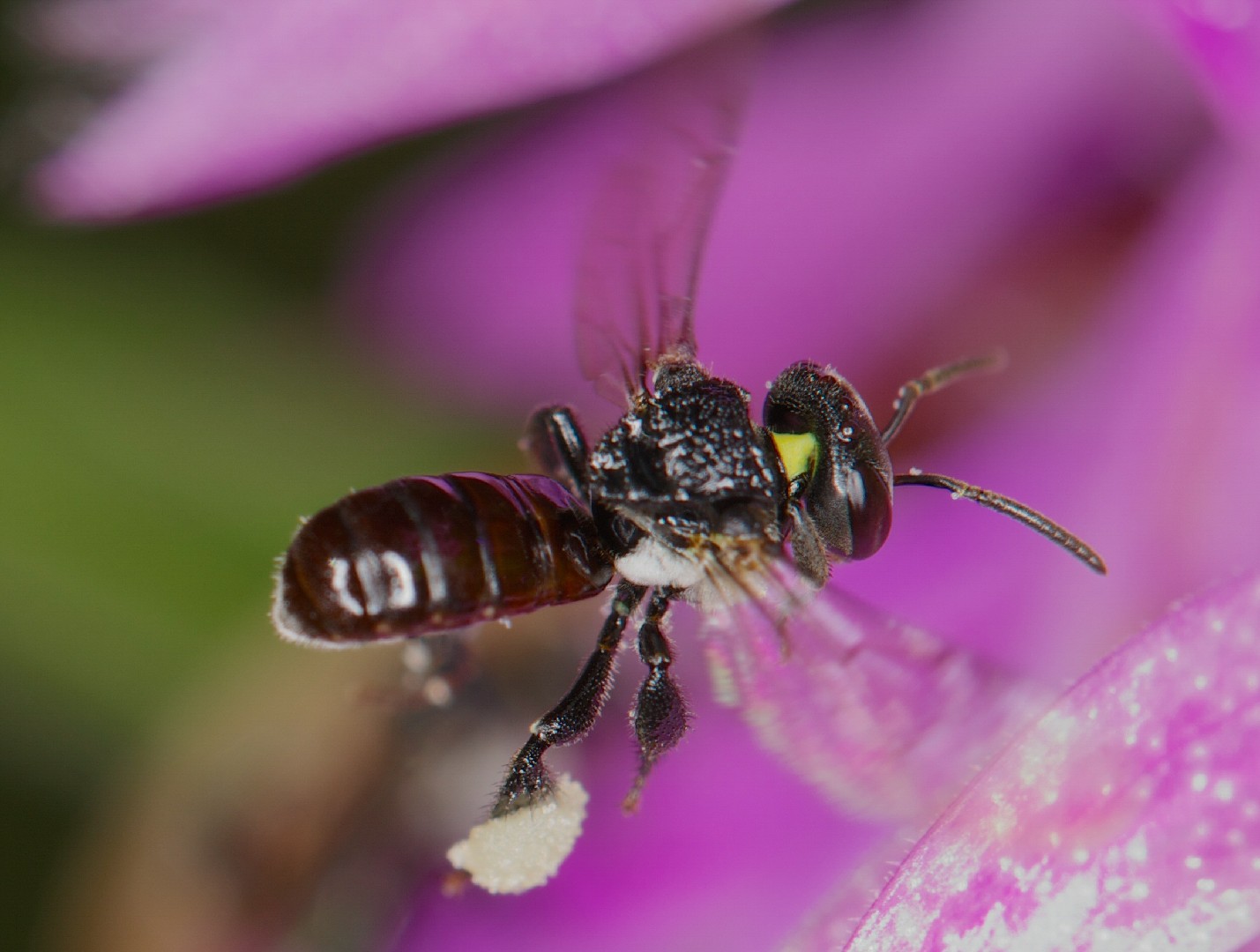Top 20 Most Common Insects in Newcastle
Insects, distinctive for their six legs and segmented bodies, are a vital contribution to the diverse ecosystem of Newcastle. Varying geographical locales within Newcastle noticeably influence insect diversity, introducing a captivating array of species. From pests to beneficial pollinators, these tiny creatures play a critical role in shaping our environment. In this captivating list, we delve into the 20 most commonly encountered insects in Newcastle, unveiling their intriguing roles and relationships within our ecosystem.
Most Common Insects
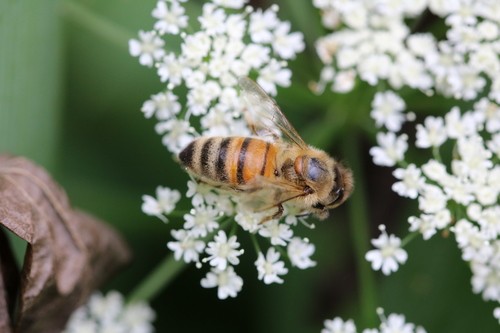
1. Western honey bee
Western honey bee(Apis mellifera) is the most common species of honeybee in the world. Among the first domesticated insects, its cultural and economic impact on humanity has been vast and far-reaching, providing honey, wax and its services as a pollinator. Western honey bee faces challenges worldwide, such as colony collapse disorder, and populations are thought to be decreasing.
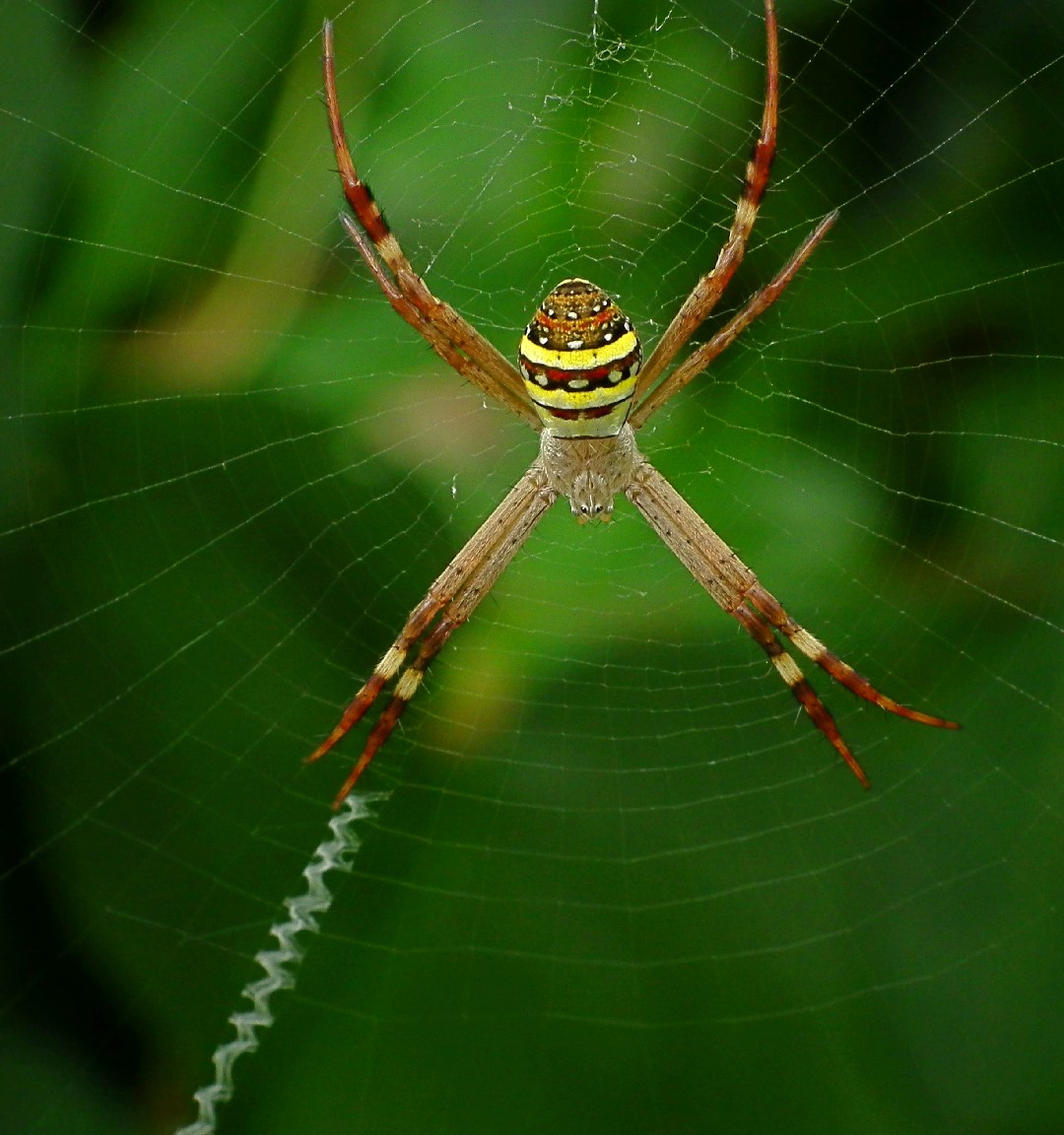
2. St. Andrew's cross spider
The st. Andrew's cross spider (Argiope keyserlingi) earns this name by constructing webs that resemble an x-shaped cross, similar to the one St. Andrew was crucified on. They are also known to produce spiral-shaped web, which works to capture more prey and act as protection against other predators. Females are many times larger than the males in this species.
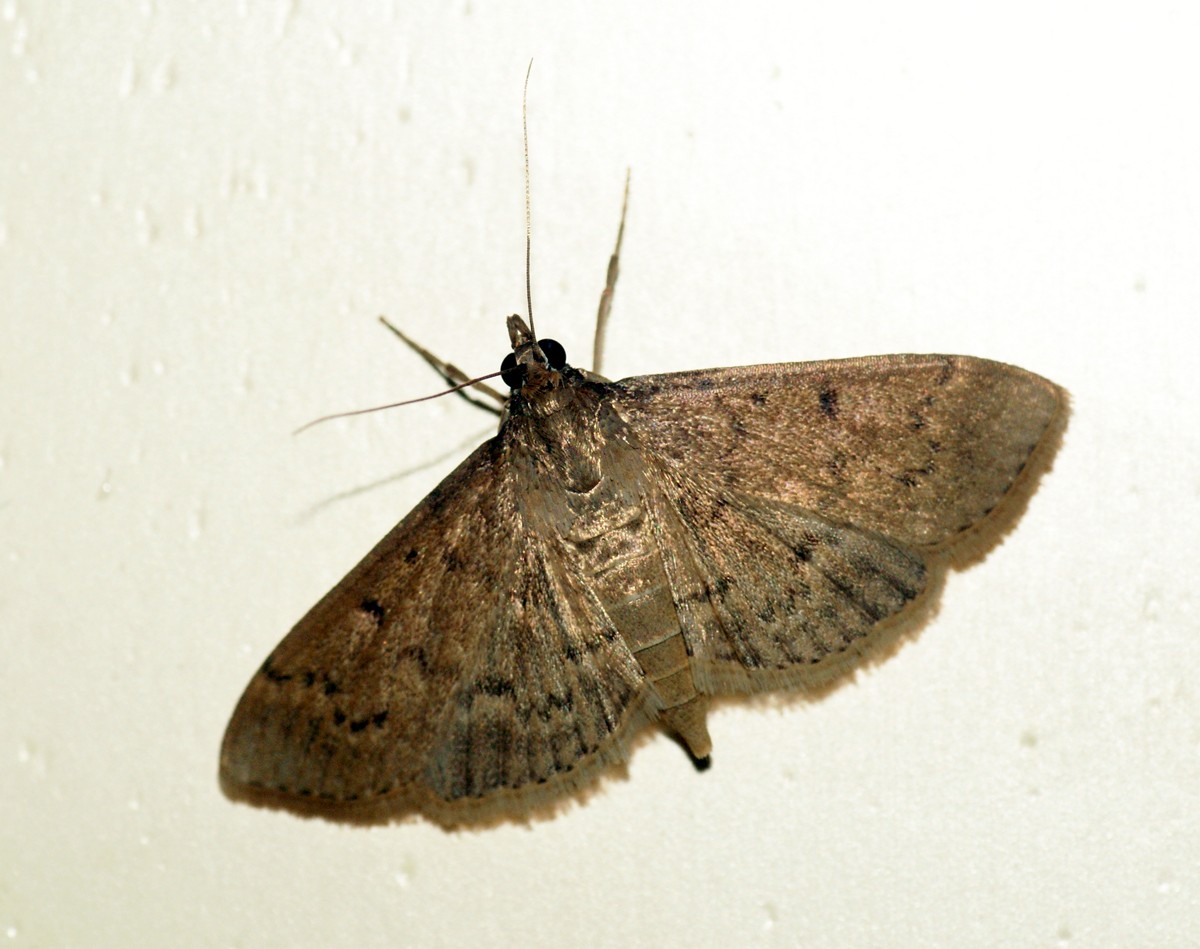
3. Grass webworm
The wingspan is about 2 cm. Adults have fawn wings with rows of indistinct dark spots. Young larvae are light green with a pale brown head with dark markings. Older larvae are darker with pairs of dark warts on each segment along the back. Full-grown larvae are about 2 cm long. 
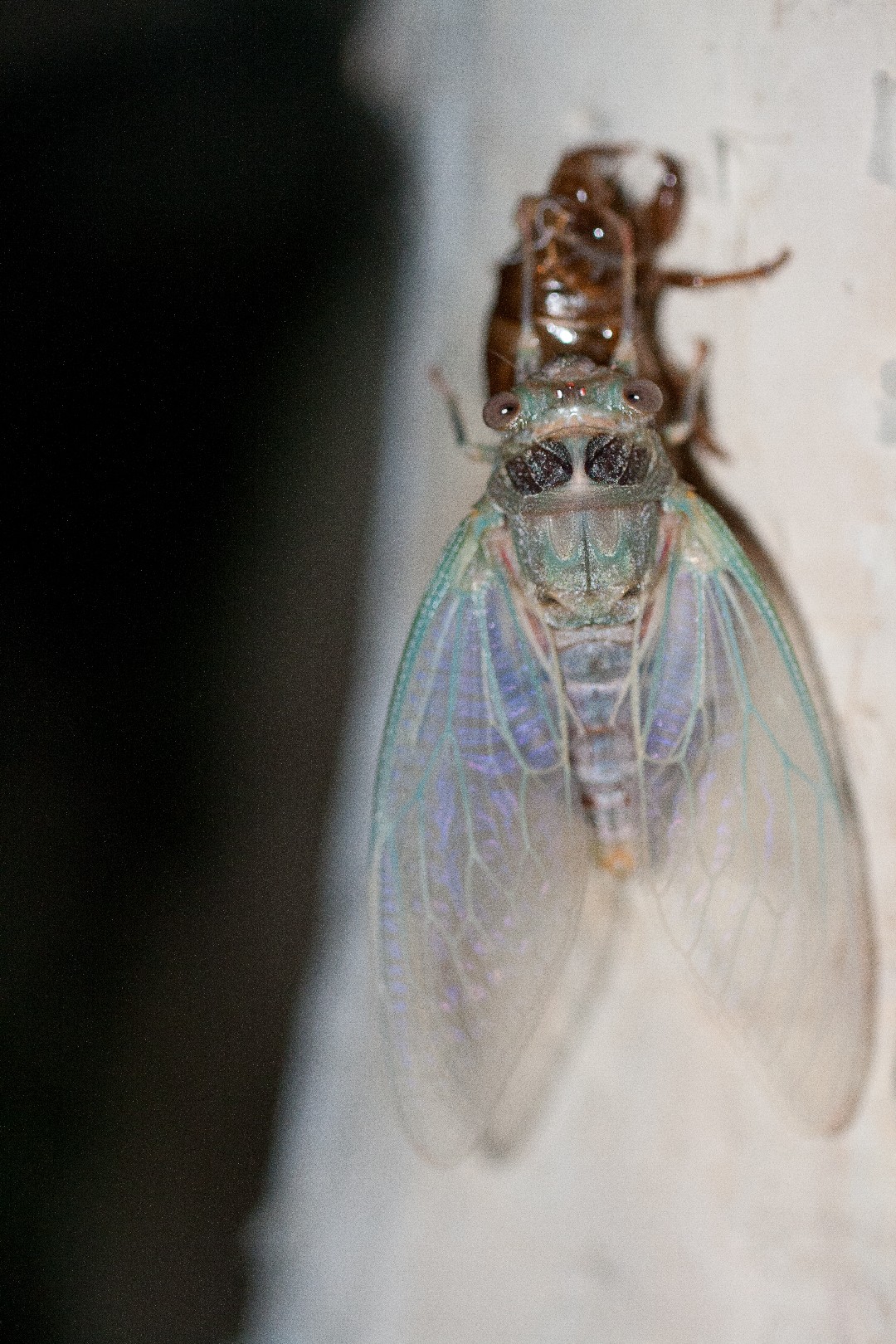
4. Razor grinder
The razor grinder is a large cicada with a forewing measuring 5 - 6 cm. Males and females are similar in color and markings. The head and thorax is red-brown with black markings. The wings are transparent with some brown discoloration. 
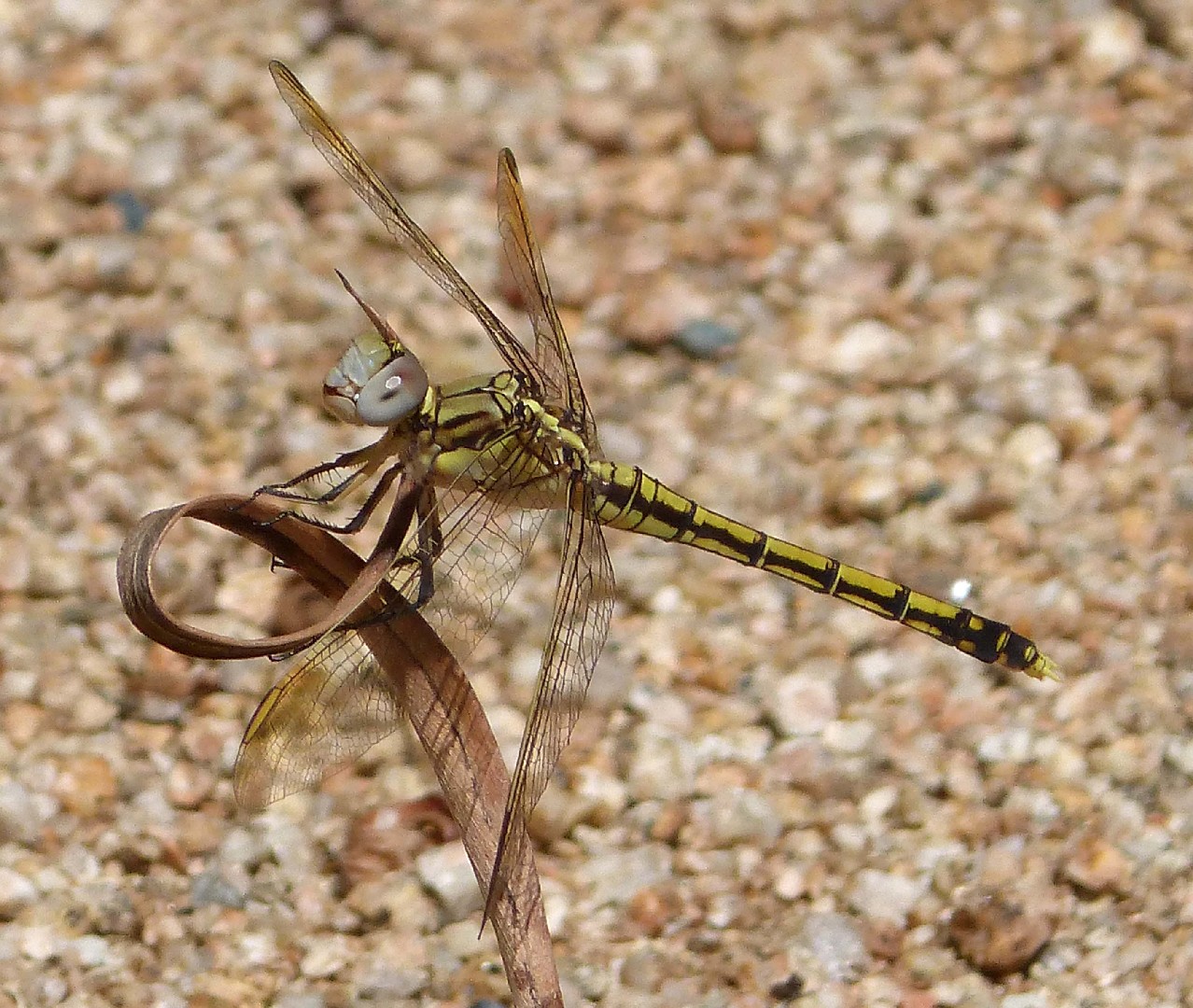
5. Blue skimmer
Males have a powder blue thorax and abdomen pruinescent blue when mature. The females are brownish grey in colour while the teneral are yellow with black markings. They are medium in size, with a body length of 5 cm and a wingspan of 8 cm. 
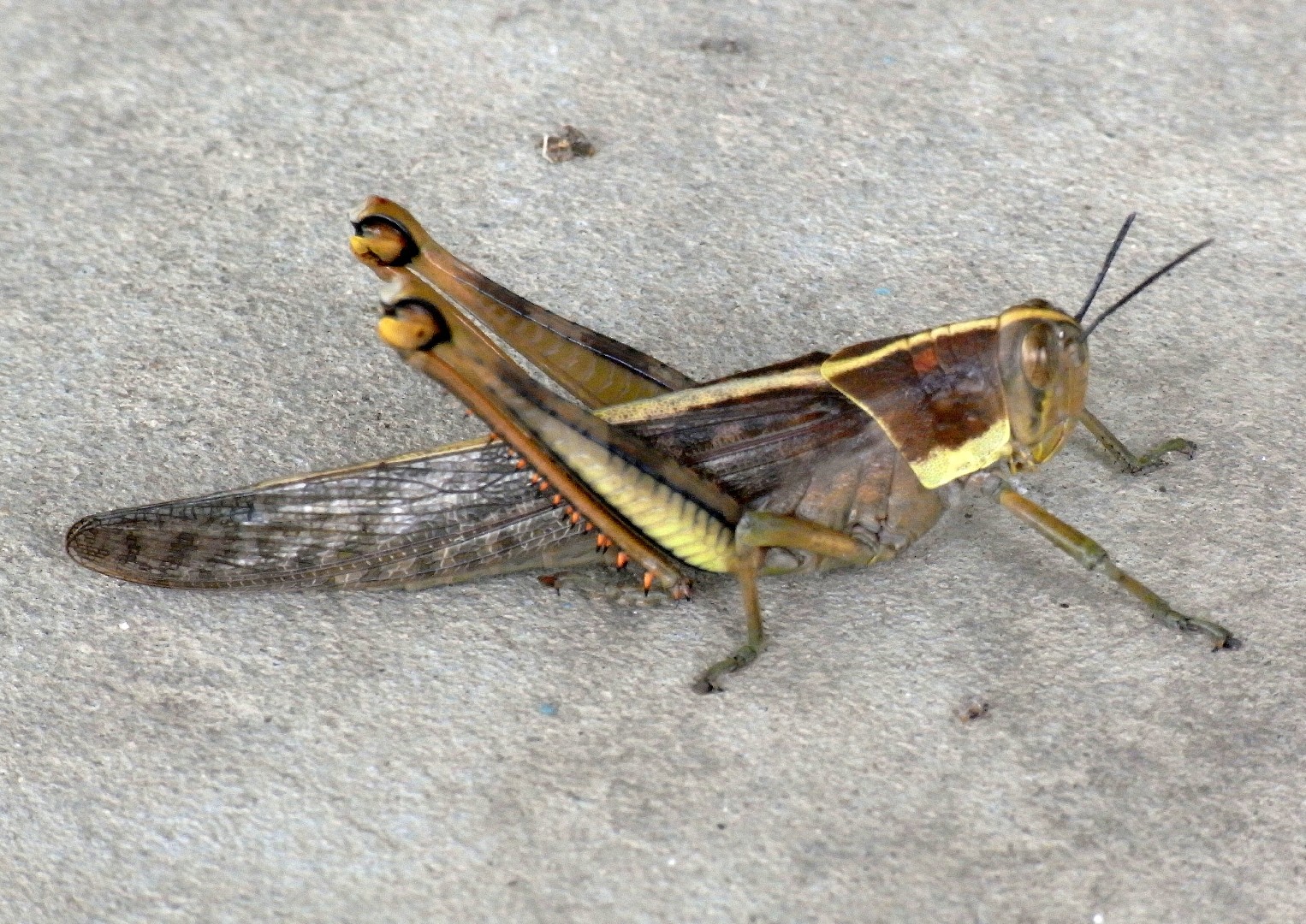
6. Giant grasshopper
The giant grasshopper (Valanga irregularis), also known as the "hedge grasshopper", is a massive insect with a brown body and dark spots. However, the nymphs are bright green. These grasshoppers have spines on their back legs, which they use to attack predators. They also have large compound eyes that can see objects from meters away.
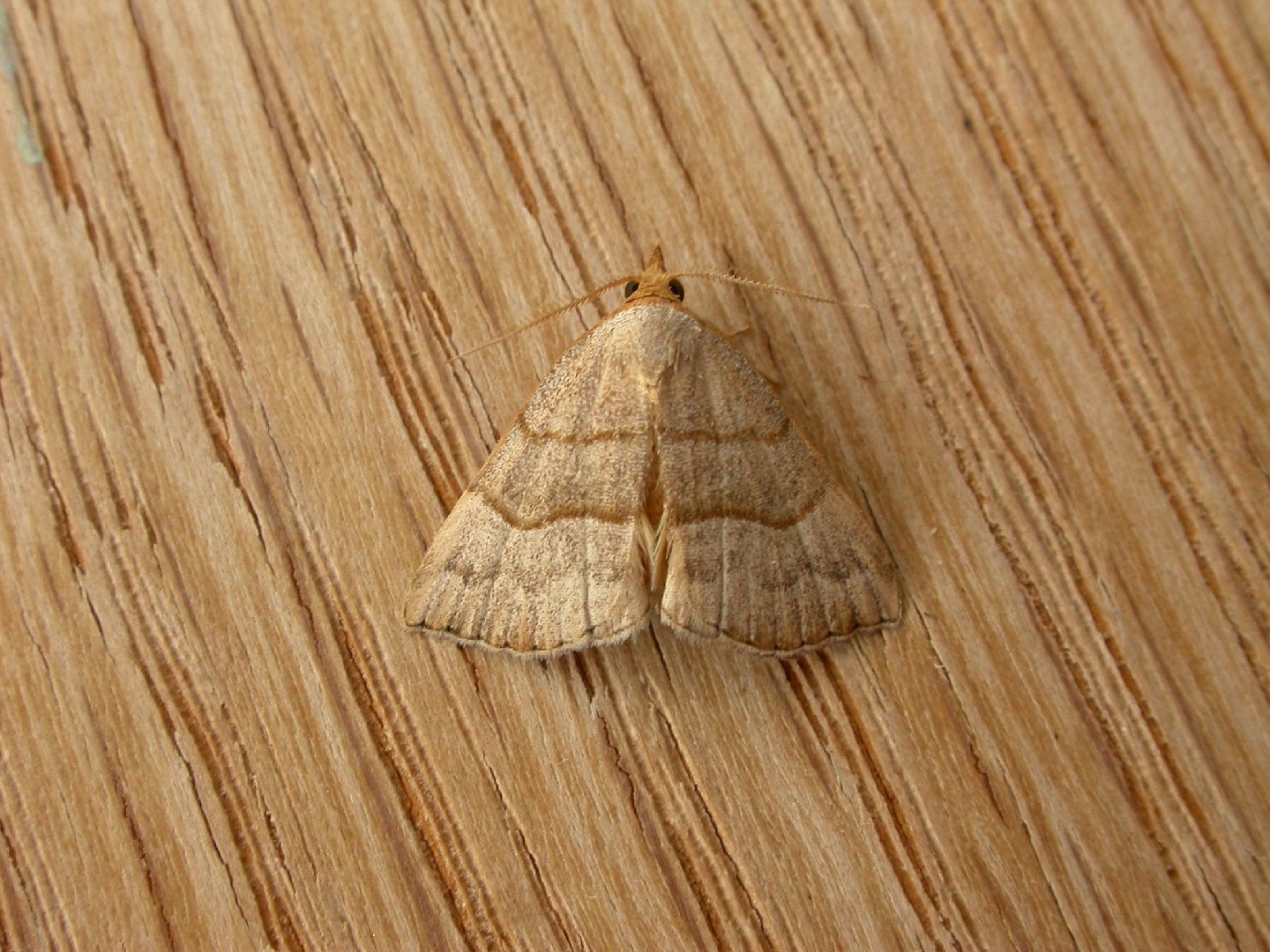
7. Meranda susialis
Meranda susialis is a butterfly from the spider Meranda susialis family (Erebidae). The scientific name of the species was first validly published in 1859 by Walker.
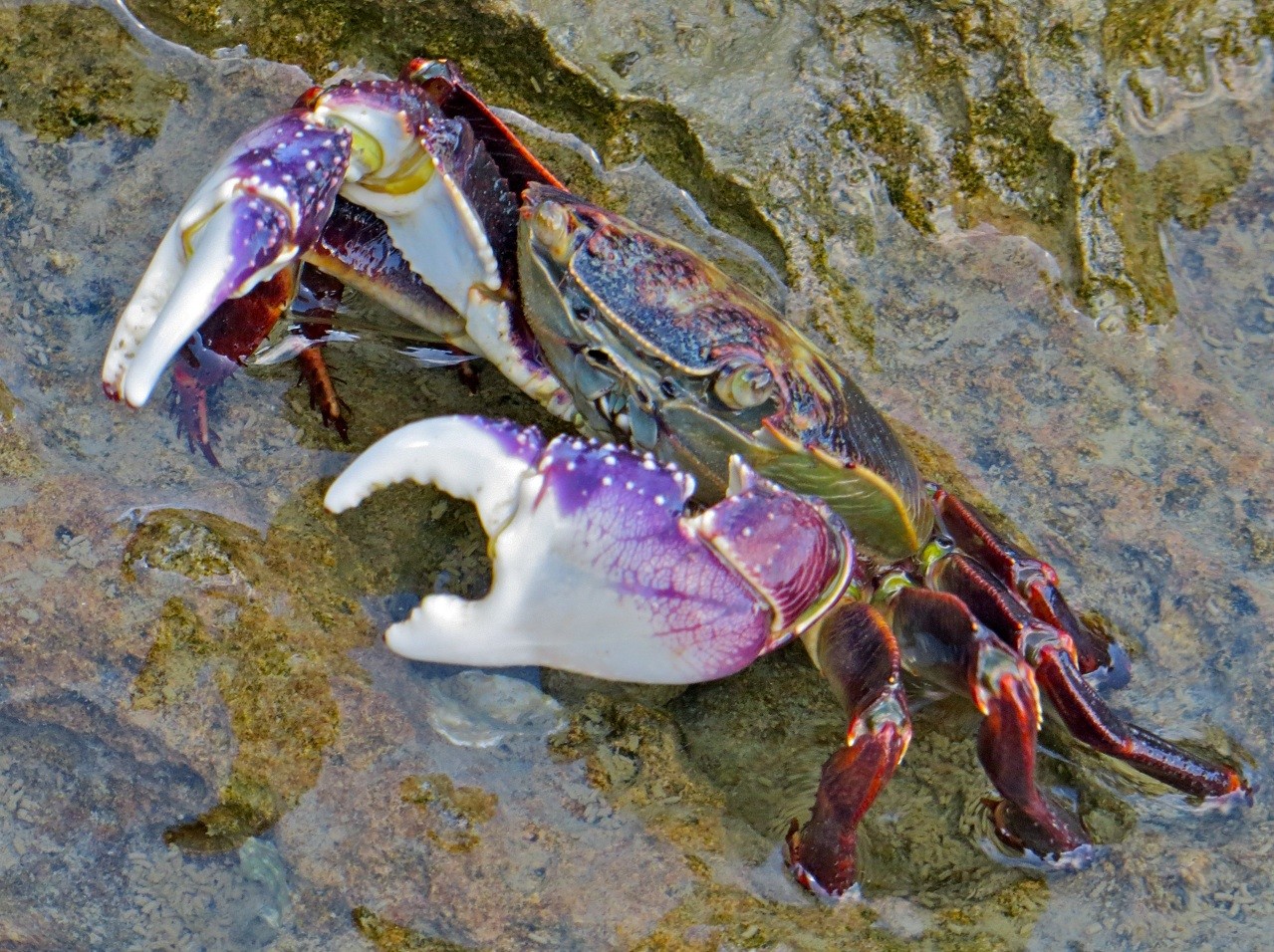
8. Purple rock crab
Leptograpsus variegatus is a crab species from the Grapsidae family. The scientific name of the species was first validly published in 1793 by Fabricius.
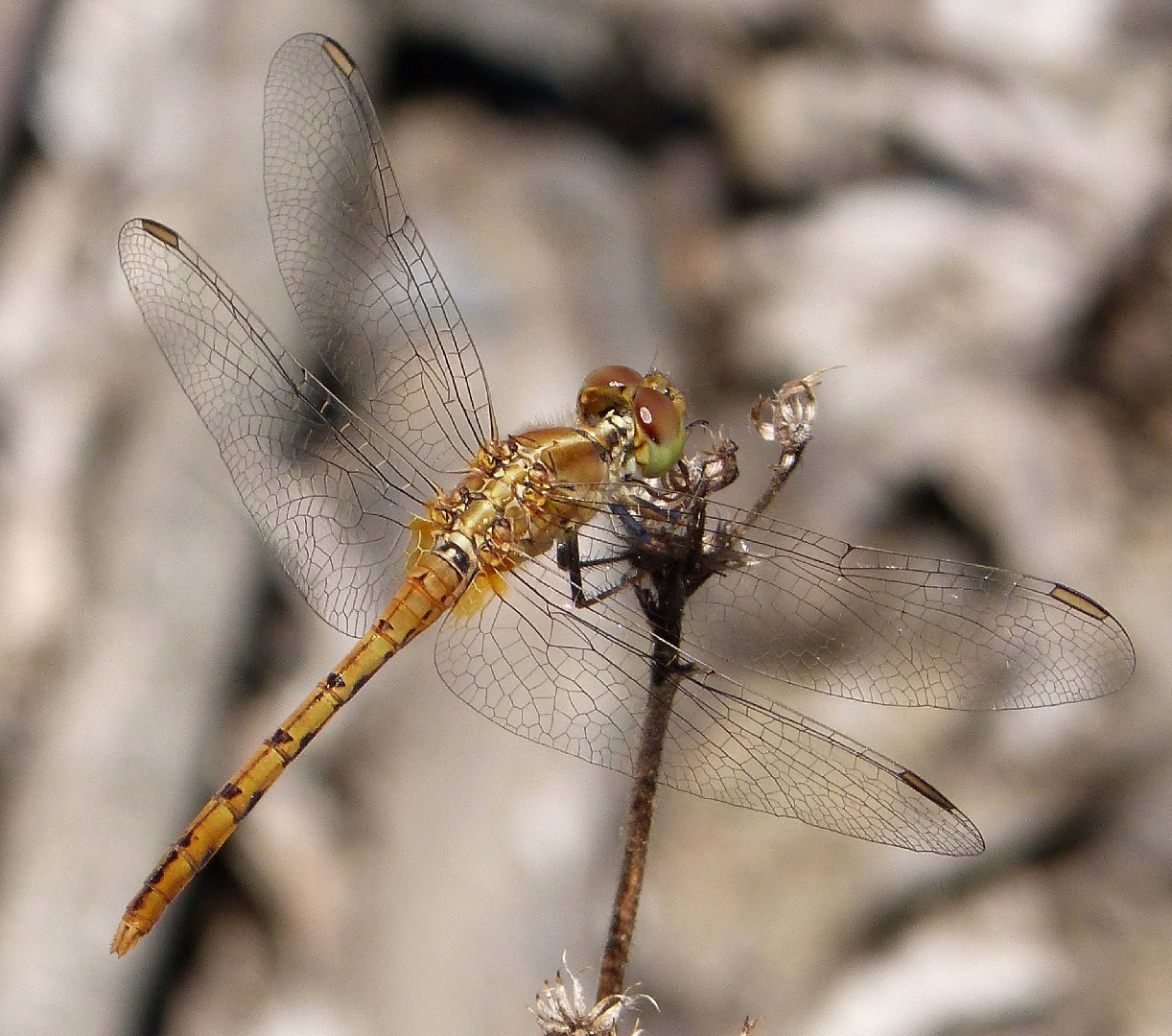
9. Wandering percher
Diplacodes bipunctata is a small to medium-sized dragonfly with a wingspan of about 6 cm. The wings are colorless except for a yellowish spot at the base of the hindwing. The male has a bright orange or red abdomen with dark markings along the dorsal line and sides, and the female is yellowish with similar markings. There are two dark spots at the side of the synthorax, one of which is the metastigma. 
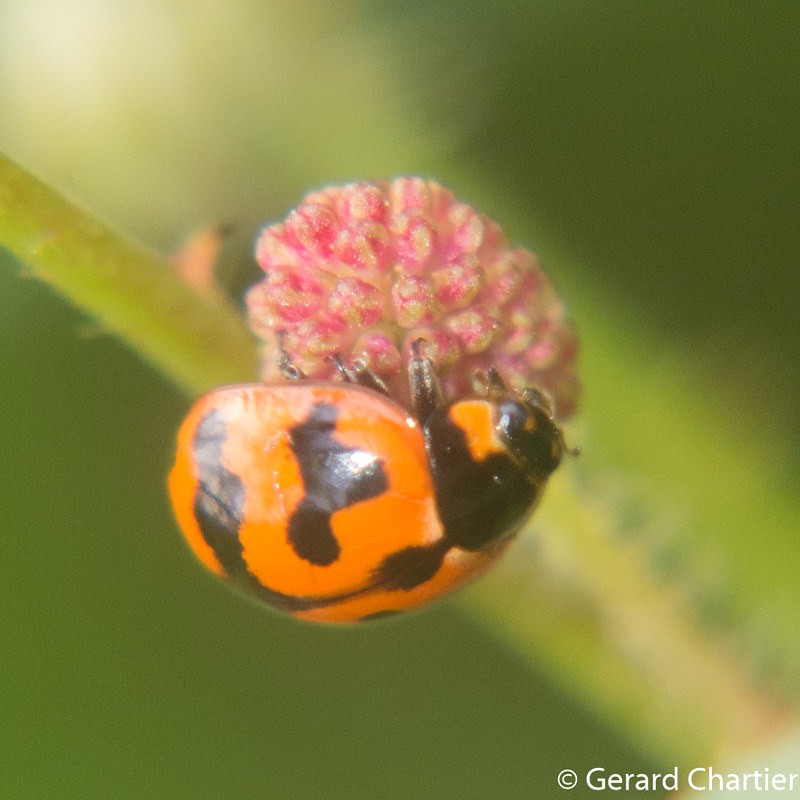
10. Small transverse ladybird beetle
Coccinella transversalis, commonly known as the transverse ladybird or transverse lady beetle is a species of ladybird beetle found from India across southern and southeastern Asia to Malesia and Australia. It is not to be confused with Coccinella transversoguttata, a widespread species in Europe and North America also known as the transverse ladybird. The alternative vernacular of small transverse ladybird may be used for C. transversalis in instances where these two species are discussed together. The transverse ladybird was first described by Danish zoologist Johan Christian Fabricius in 1781 as Coccinella transversalis and still bears its original name. Fabricius' description predated Carl Peter Thunberg's naming of this species as C. repanda by several months. Measuring 3.8 to 6.7 millimetres (0.15 to 0.26 in) long and 3.3 to 5.45 millimetres (0.130 to 0.215 in) wide, the transverse ladybird shows little variation across its wide range. It has a black head with predominantly bright red or orange elytra boldly marked with a black band down the midline and two lateral three-lobed markings. 
More

